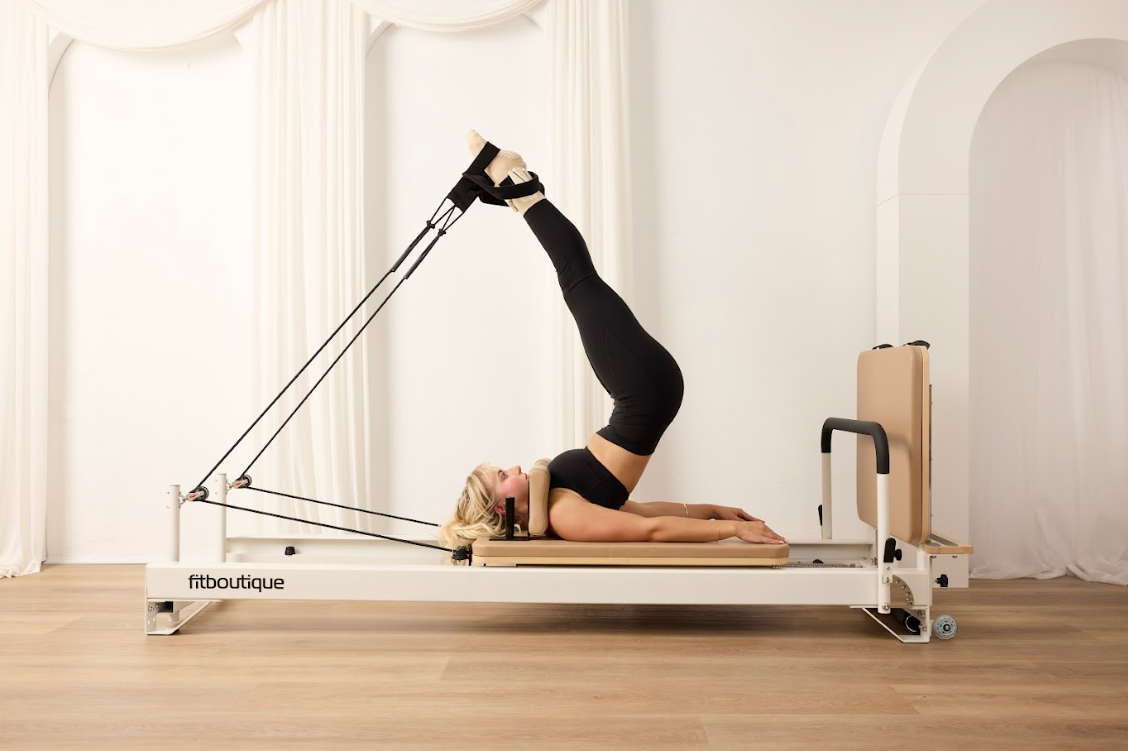
Step-by-Step Guide to Writing a Pilates Studio Business Plan
Opening a Pilates studio isn’t just about buying a Reformer Machine and setting up classes.
A clear business plan keeps you on track, attracts investors, and helps your studio grow with purpose.
Here’s how to build a plan that works.
1. Define Your Vision and Goals
Start by asking yourself why you want to open a Pilates studio.
Is it to bring boutique-style fitness to your suburb?
Do you want to focus on beginner-friendly classes or advanced Reformer Pilates training?
Action point
Write down your short-term goals (first-year milestones) and long-term goals (where you want to be in five years).
2. Research the Market
Know who you’re serving.
Look into local demographics, fitness trends, and how many studios already operate in your area.
Think about:
-
What makes your studio stand out?
-
Will you specialise in private sessions, small group Reformer Machine classes, or corporate wellness programs?
Tip
Use this research to justify your pricing and class offerings in your plan.
3. Identify Your Ideal Client
Your studio won’t appeal to everyone — and that’s okay.
Decide who your ideal client is.
Are you targeting busy professionals looking for stress relief, athletes using Pilates for injury prevention, or beginners curious about Reformer Pilates?
Understanding your client means you can design classes, schedules, and packages that fit their lifestyle.
4. Plan Your Services and Pricing
Outline exactly what you’ll offer.
This includes:
-
Reformer Machine classes (private, semi-private, or group)
-
Mat Pilates sessions
-
Specialty programs (pre-natal, post-injury rehab, or athletic conditioning)
Set clear pricing tiers. Consider casual drop-ins, multi-class packs, and memberships.
Your plan should also mention any add-ons like workshops or merchandise.
5. Map Out Your Studio Setup
The right equipment shapes your client experience.
List what you need:
-
Commercial-grade Reformer Machines (FitBoutique’s Ivory, Onyx, or foldable models are ideal for studios with limited space)
-
Small props like rings, bands, and balls
-
A reception area with a booking system
Include floor plans or layout sketches in your plan. This shows you’ve thought about how clients will move through the space.
6. Build a Marketing Strategy
Even the most beautiful studio won’t succeed if no one knows about it.
Think about how you’ll spread the word:
-
Social media campaigns
-
Partnerships with local businesses
-
Intro offers to attract first-time clients
Pro tip
Show how you’ll use testimonials and client success stories to market your Reformer Machine classes.
7. Financial Projections
This section proves your studio is viable.
Include:
-
Start-up costs (rent, Reformer Machines, insurance, branding)
-
Ongoing expenses (staff, cleaning, marketing)
-
Revenue forecasts based on class pricing and projected membership numbers
Investors will want to see how long it takes before the studio becomes profitable.
8. Operations Plan
Outline how your studio will run day-to-day.
Cover:
-
Class scheduling
-
Instructor roles and responsibilities
-
How you’ll handle bookings and cancellations
Also note suppliers (like FitBoutique for your Reformer Machine needs) and how you’ll maintain your equipment.
9. Legal and Compliance
Make sure your studio ticks all the boxes:
-
Business registration
-
Insurance
-
Council permits
-
Health and safety compliance
This step protects you and builds trust with clients.
10. Review and Refine
Your business plan isn’t a “one and done” document.
Revisit it every six months.
Adjust your goals, services, and marketing strategies as your studio grows.
Final Thoughts
A solid Pilates studio business plan gives you direction and confidence.
It helps you secure funding, attract clients, and create a thriving space.
Start by defining your vision, investing in quality Reformer Machines, and mapping out every step.
If you’re ready to set up your studio with premium Pilates gear, FitBoutique has you covered.
Check out our range of Reformer Machines or reach out via our contact page for advice on the best setup for your space.
Reformer Pilates Range
Frequently Asked Questions
How much space do I need for a reformer bed?
Space Requirements for Your Reformer
A FitBoutique reformer requires approximately 245cm x 68cm (2.45m x 0.65m) of floor space. Here's what this means for your space planning:
For Home Users
Length: 245cm (8.04 feet)
Width: 68cm (2.13 feet)
Recommended clearance: Add at least 30cm on each side and end for comfortable access
Total recommended space: 305cm x 125cm (3.05m x 1.25m)
For the Onyx Fold model specifically:
Same footprint when in use (245cm x 65cm)
When folded: Takes up significantly less floor space in vertical storage
Ceiling height consideration: Ensure adequate height for vertical storage
What's the difference between commercial and home reformers?
While both offer similar exercise capabilities, commercial reformers typically feature heavier-duty construction, enhanced weight capacity, and more extensive warranty coverage. However, premium home models like the Onyx series bridge this gap with commercial-grade components.
How often should I maintain my reformer?
Regular maintenance includes weekly cleaning, monthly hardware checks, and quarterly deep cleaning of tracks and wheels. Premium reformers come with detailed maintenance guides to ensure optimal performance and longevity.

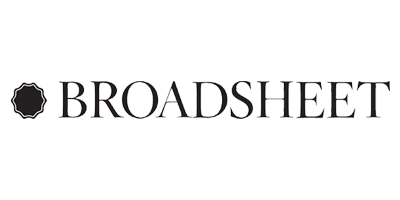









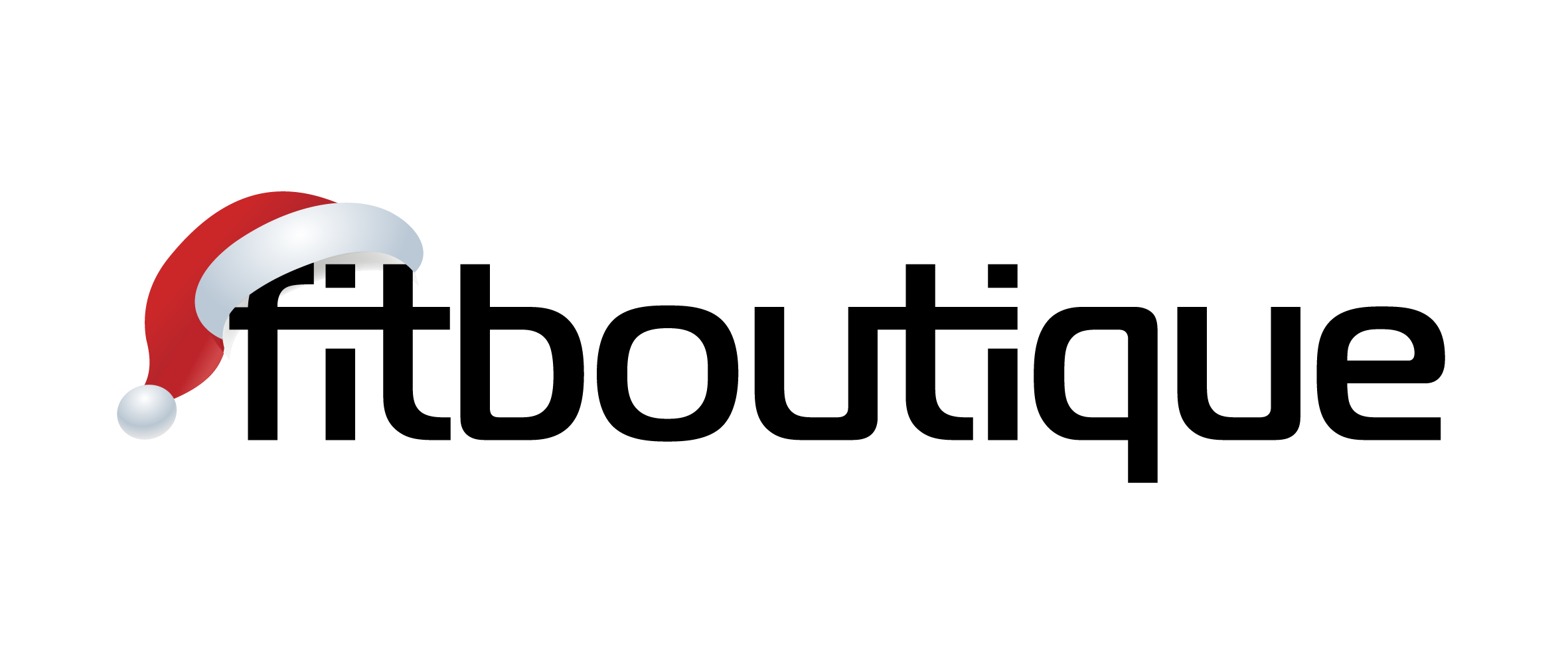

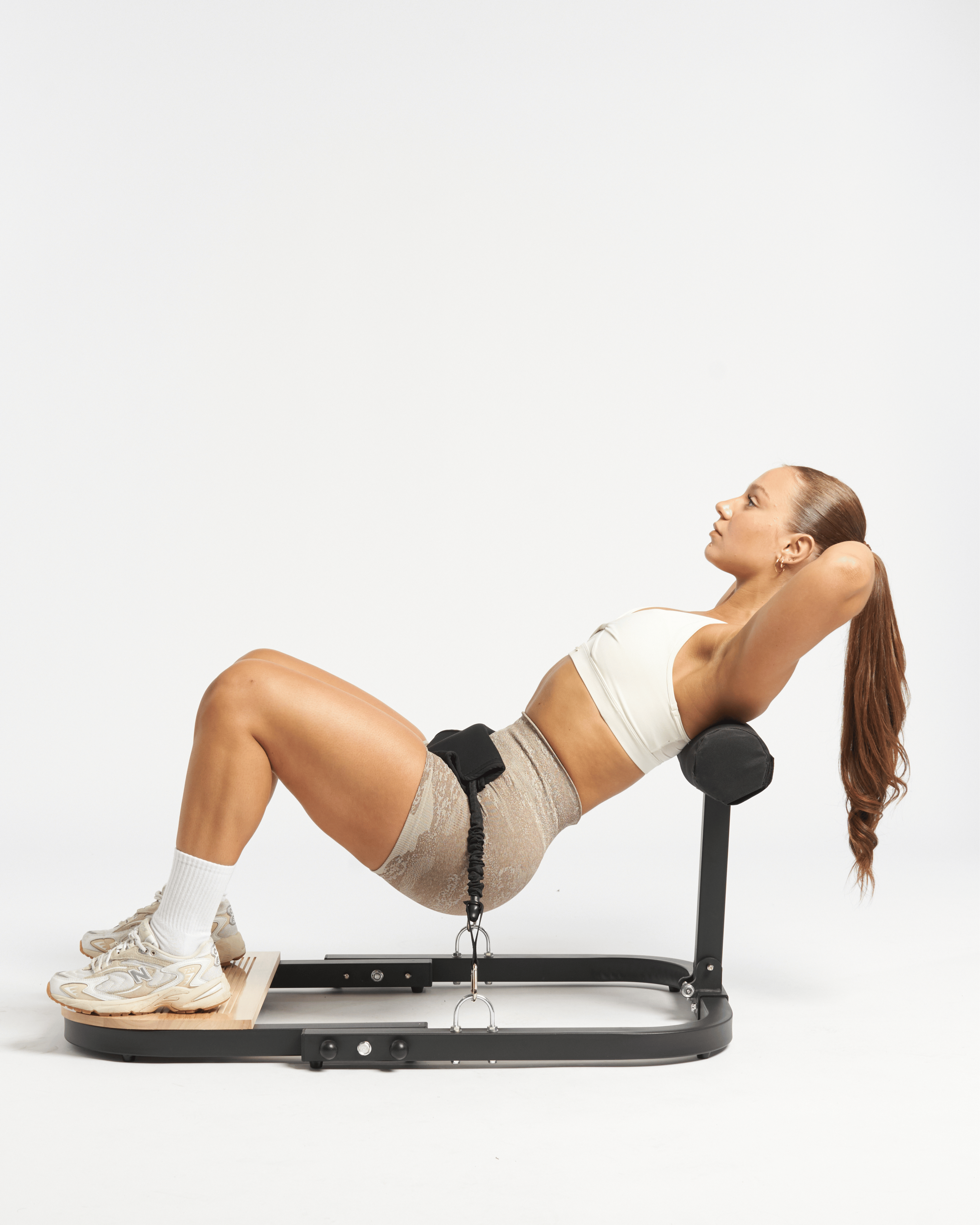
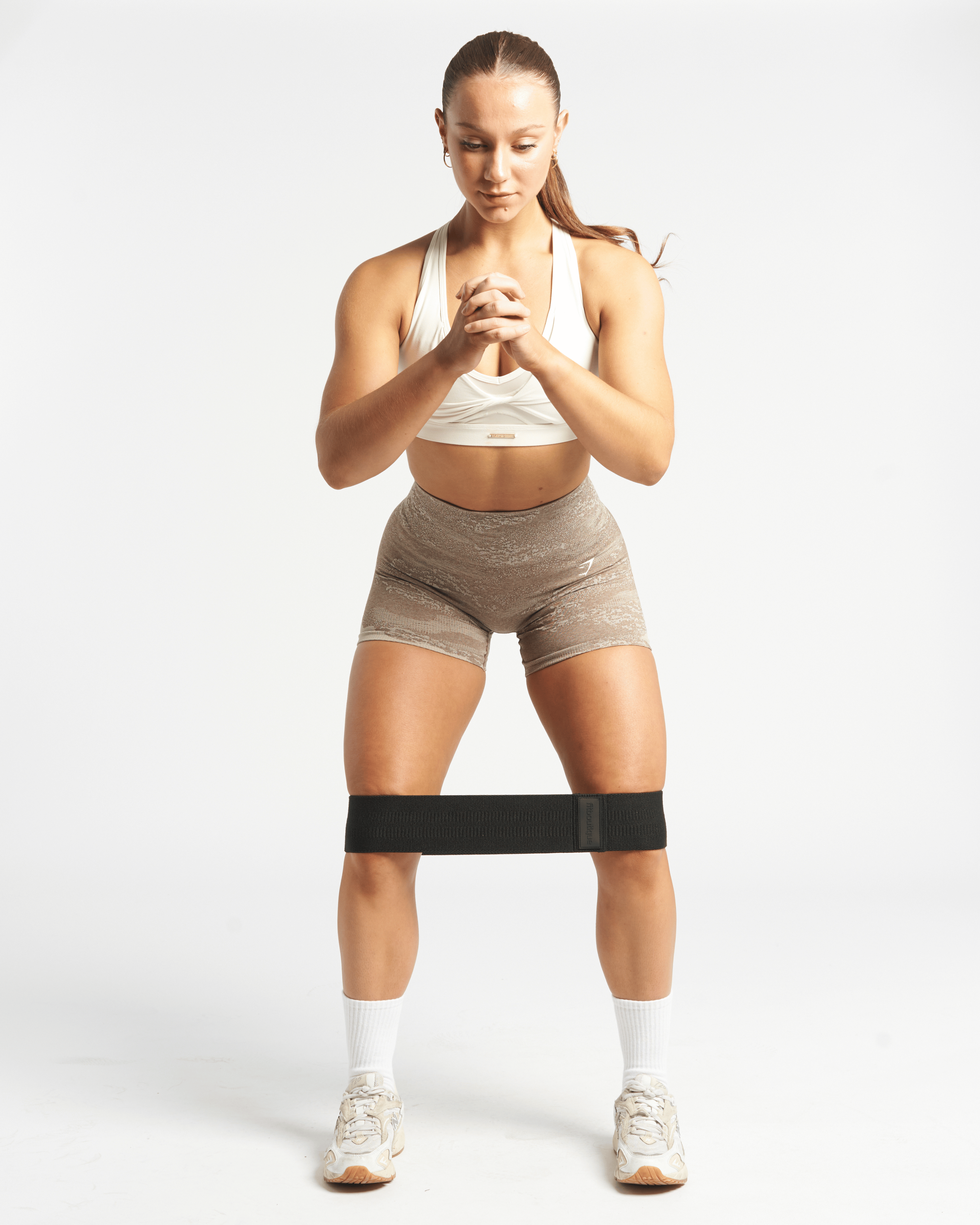
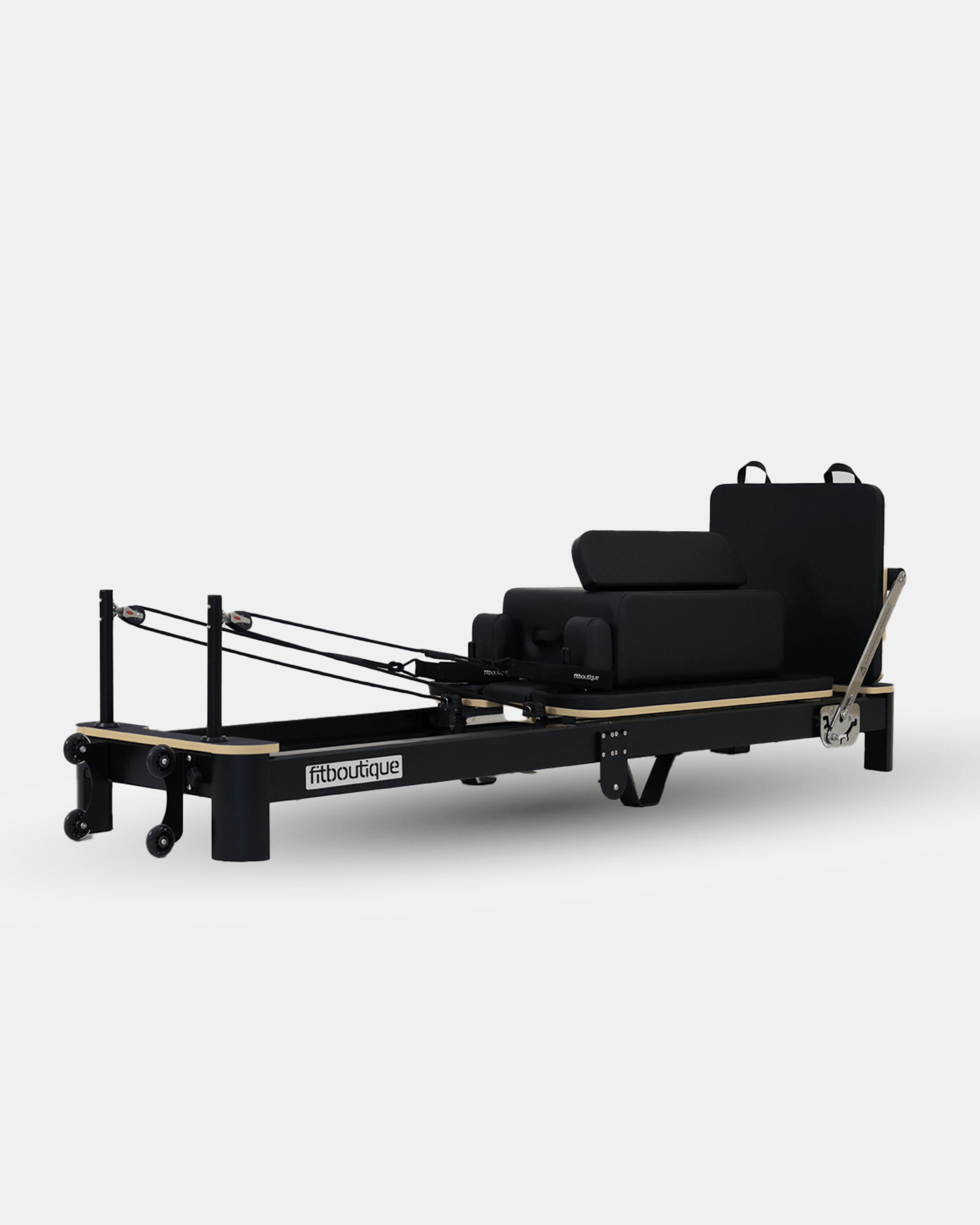
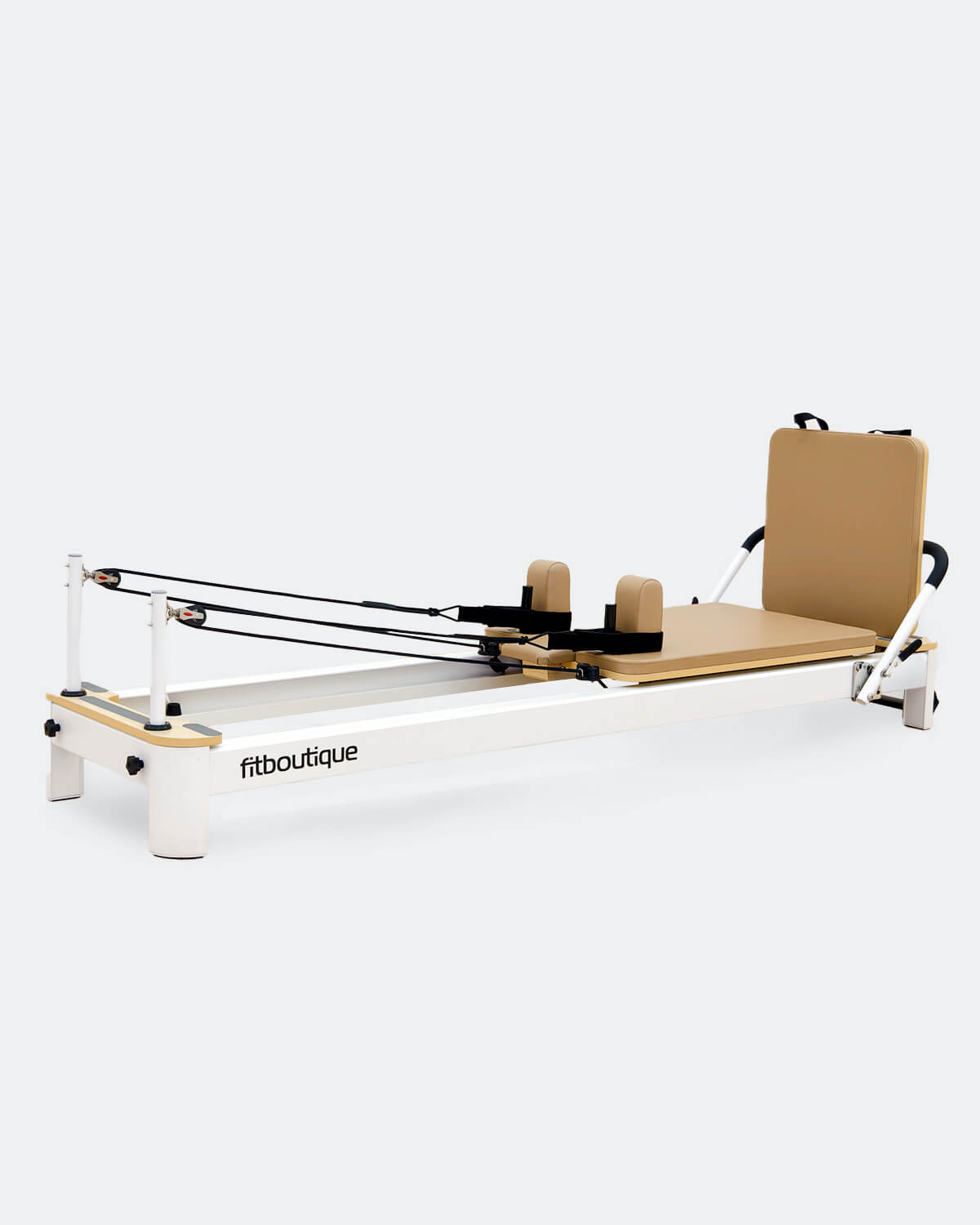
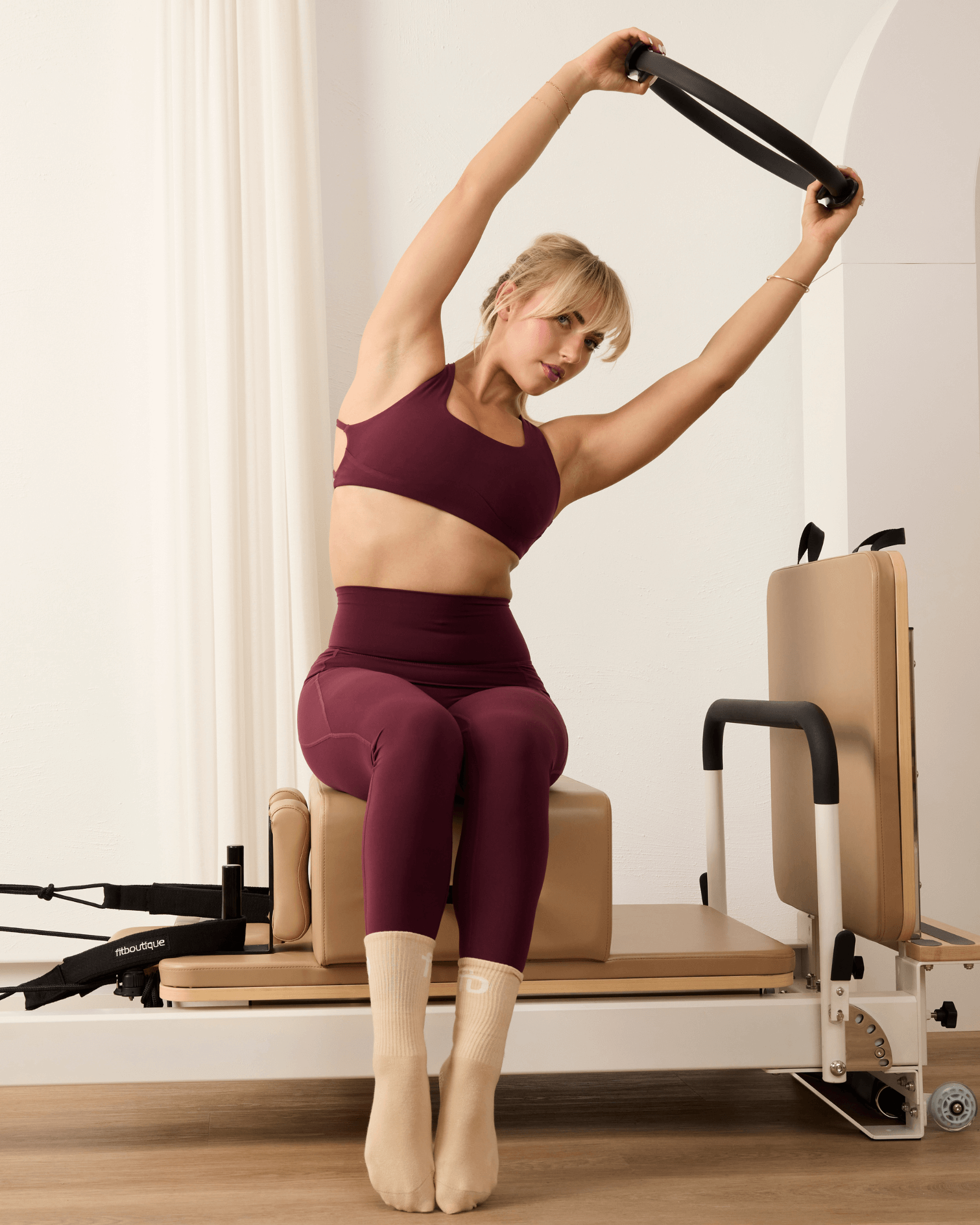
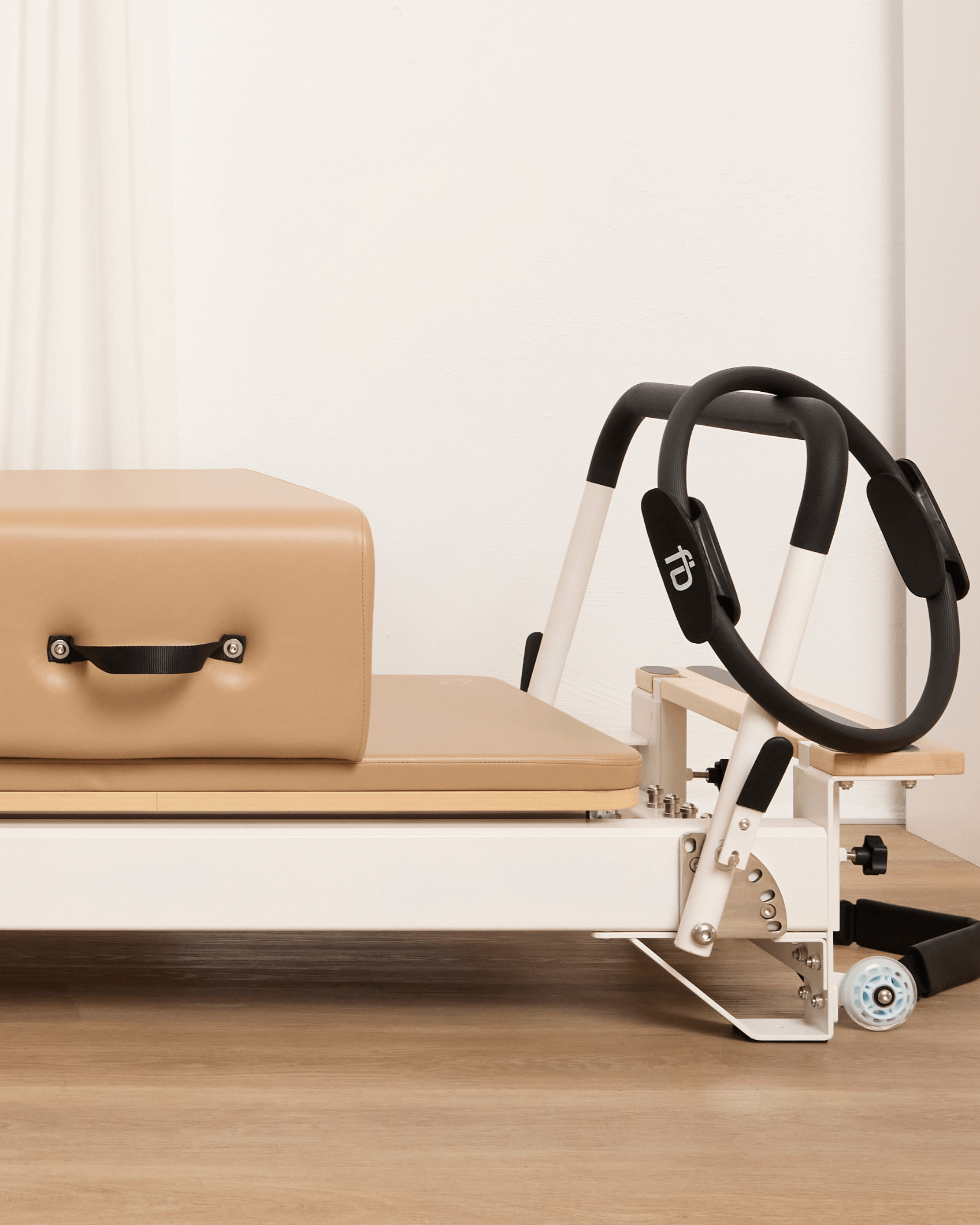
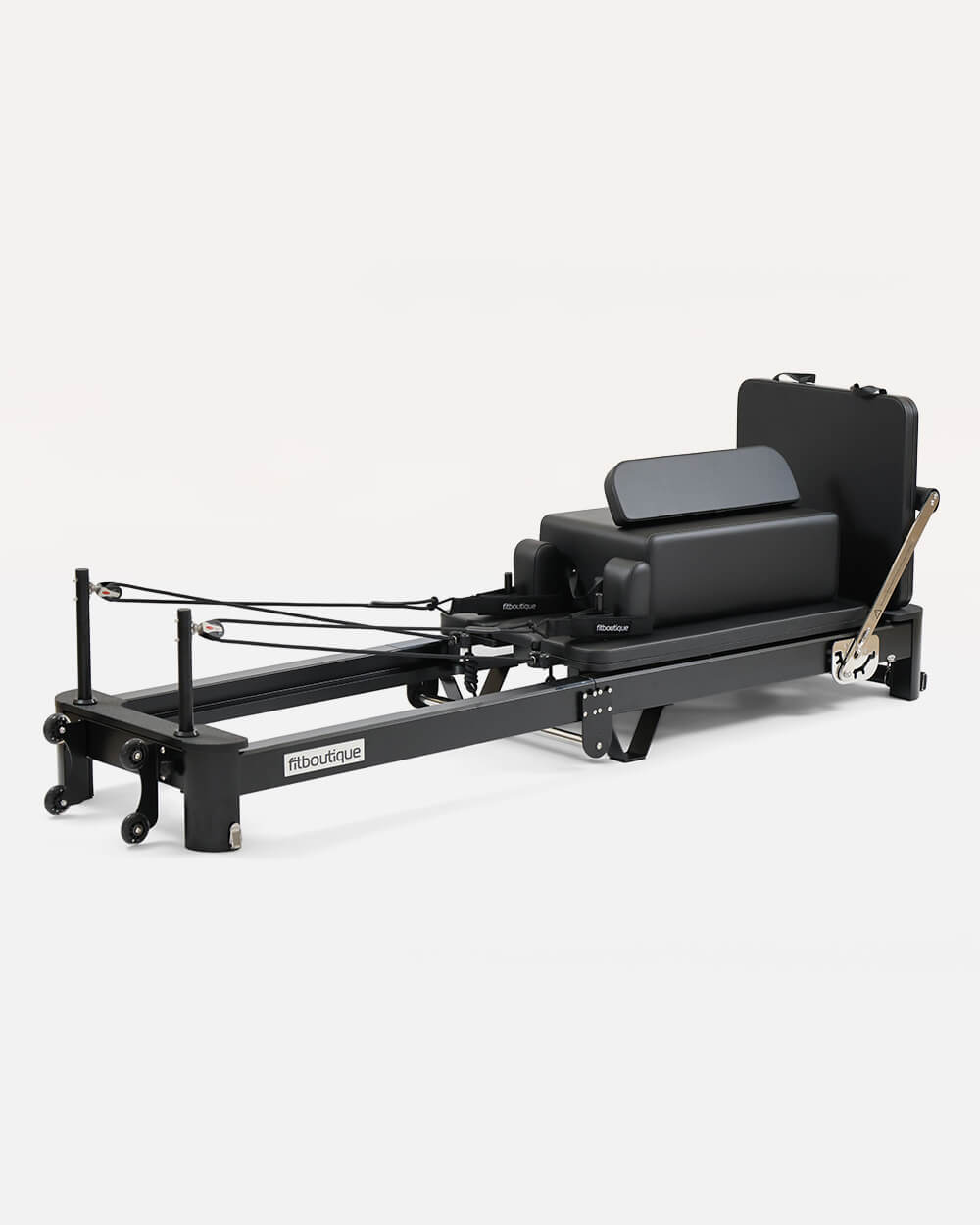


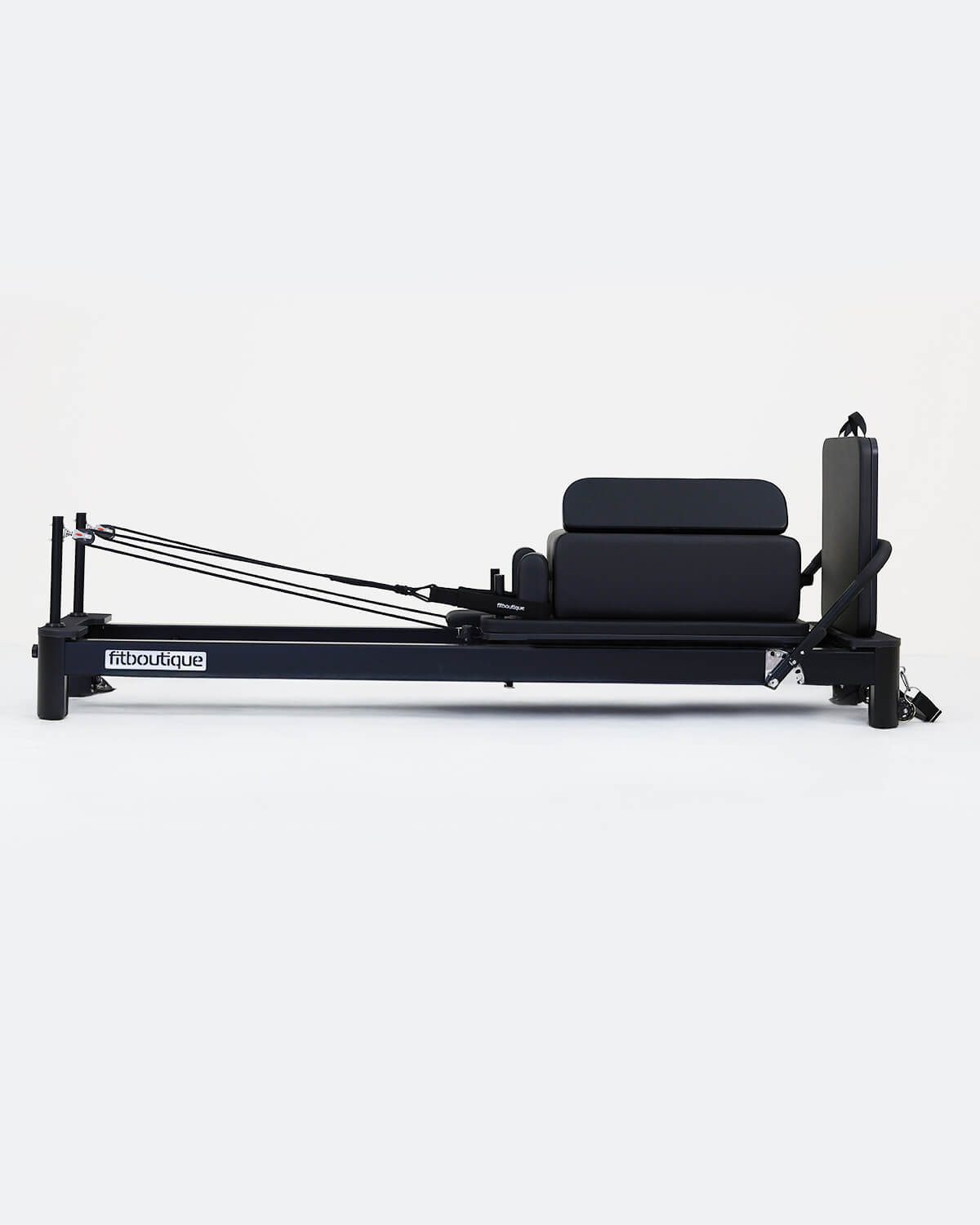
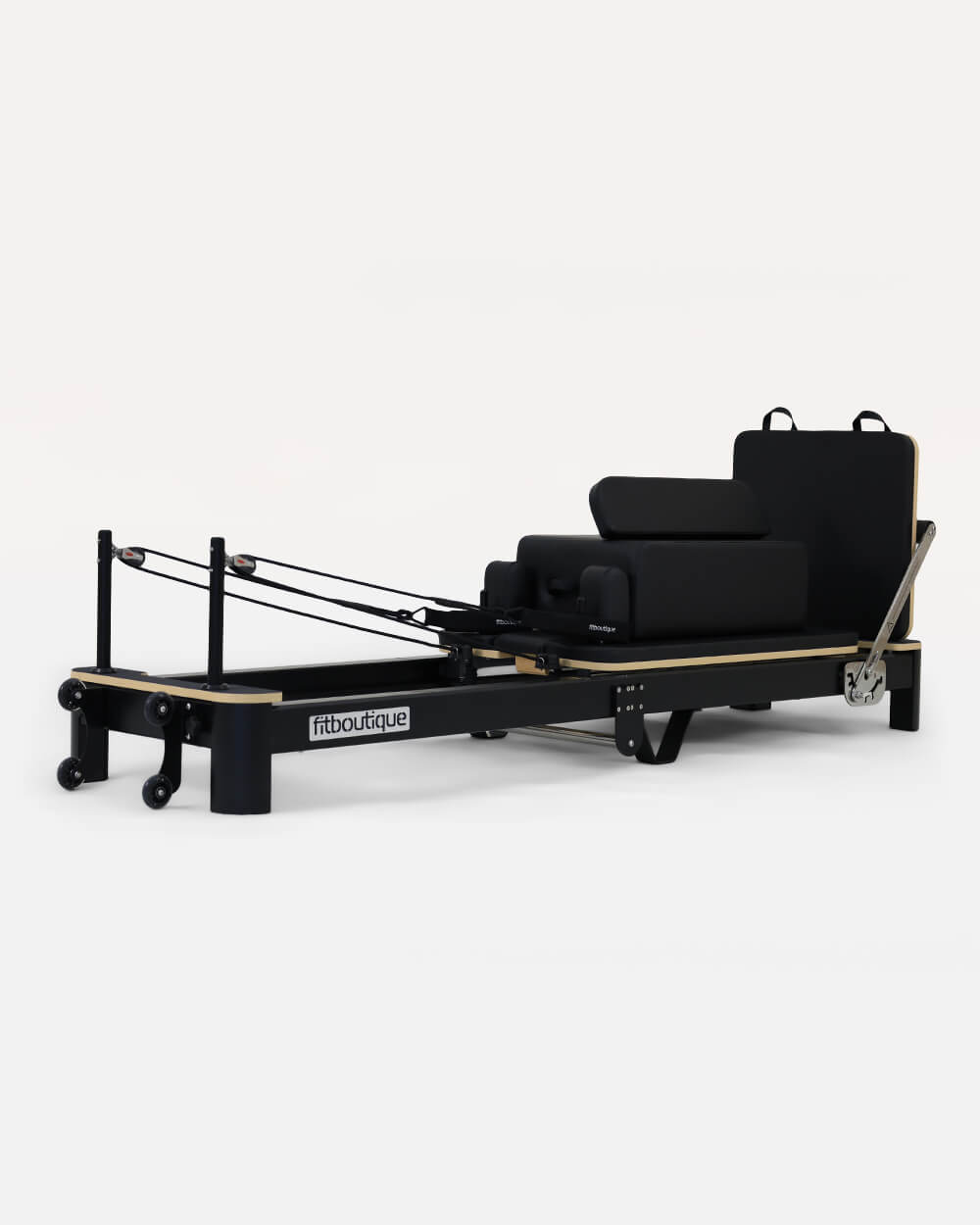
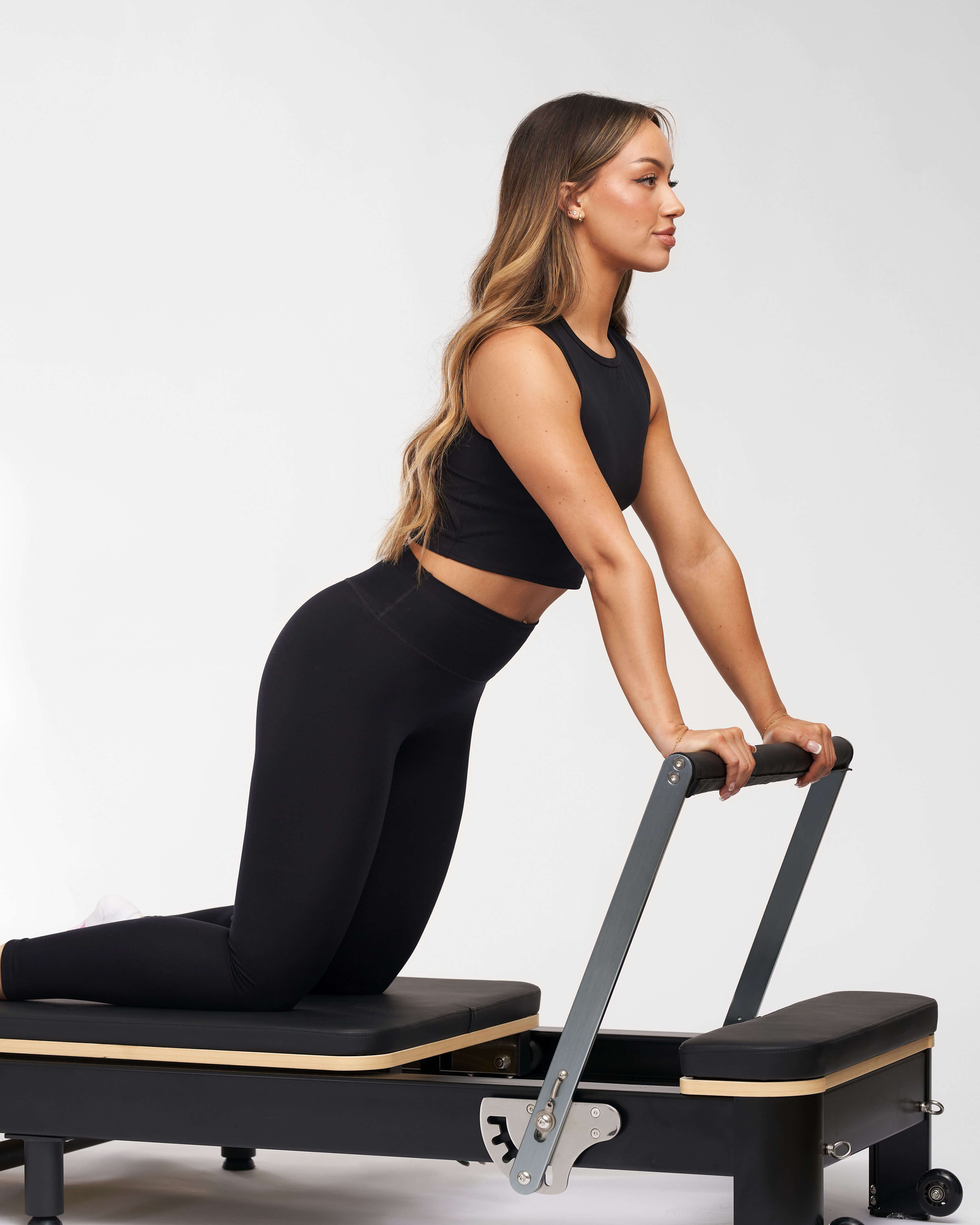
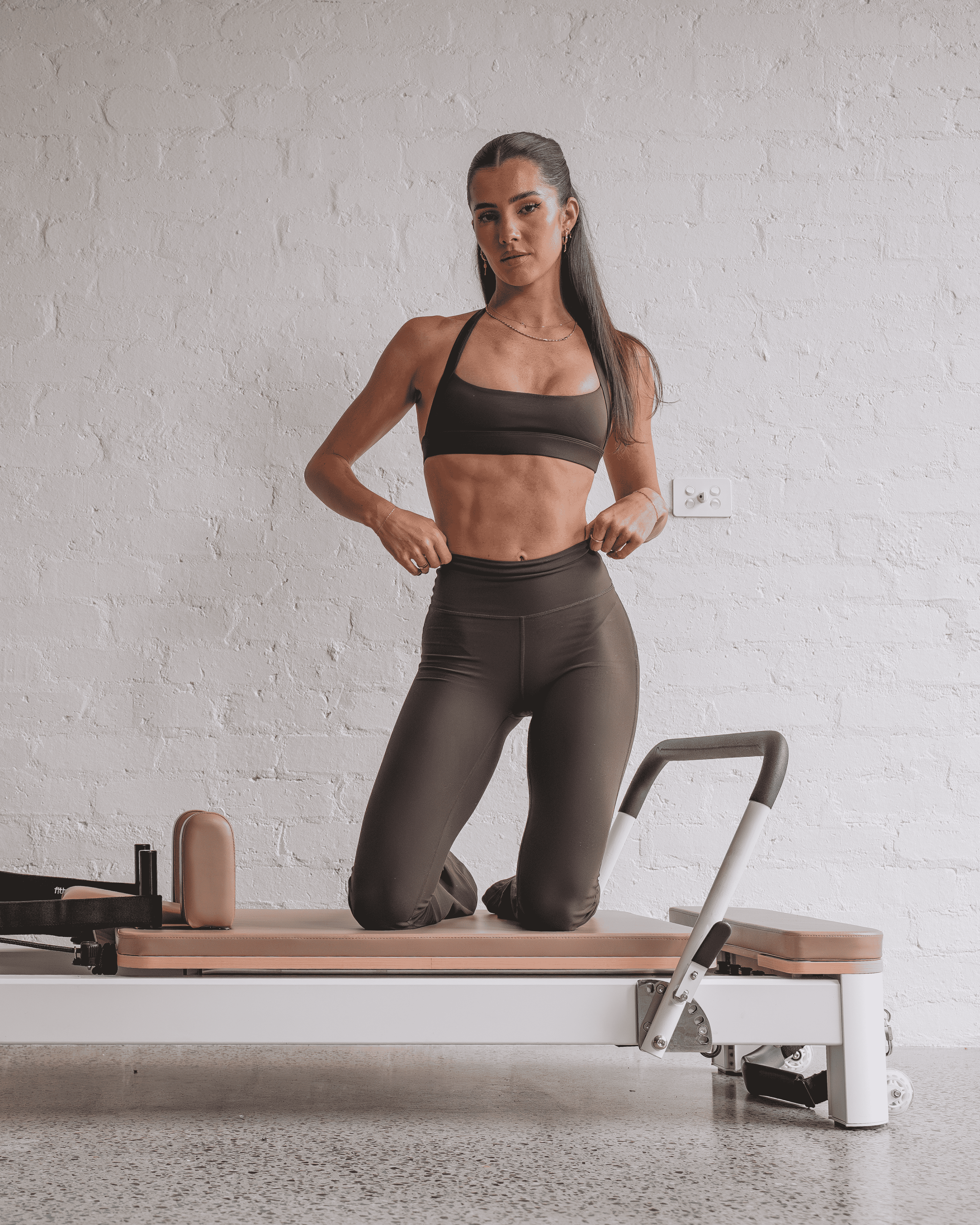
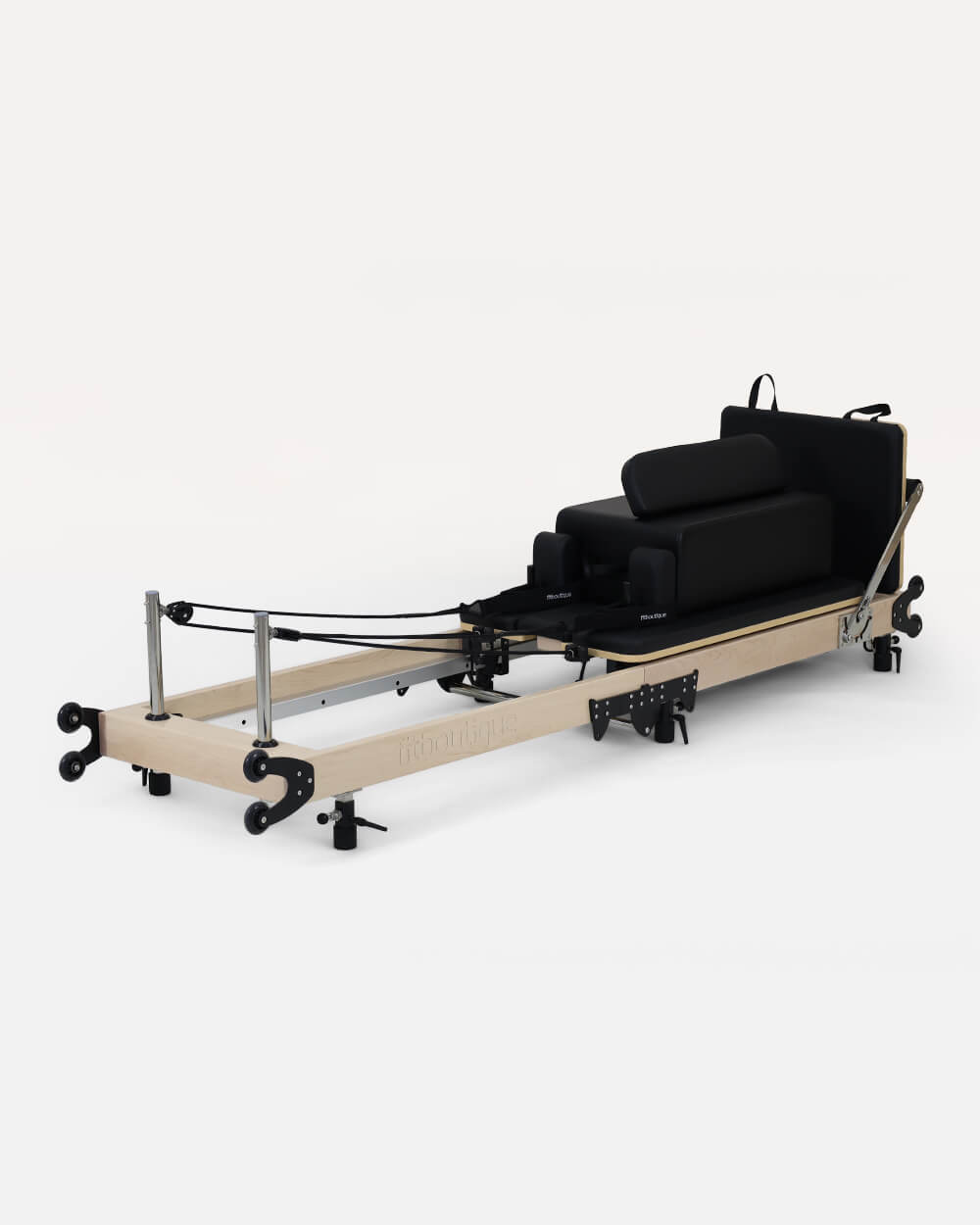

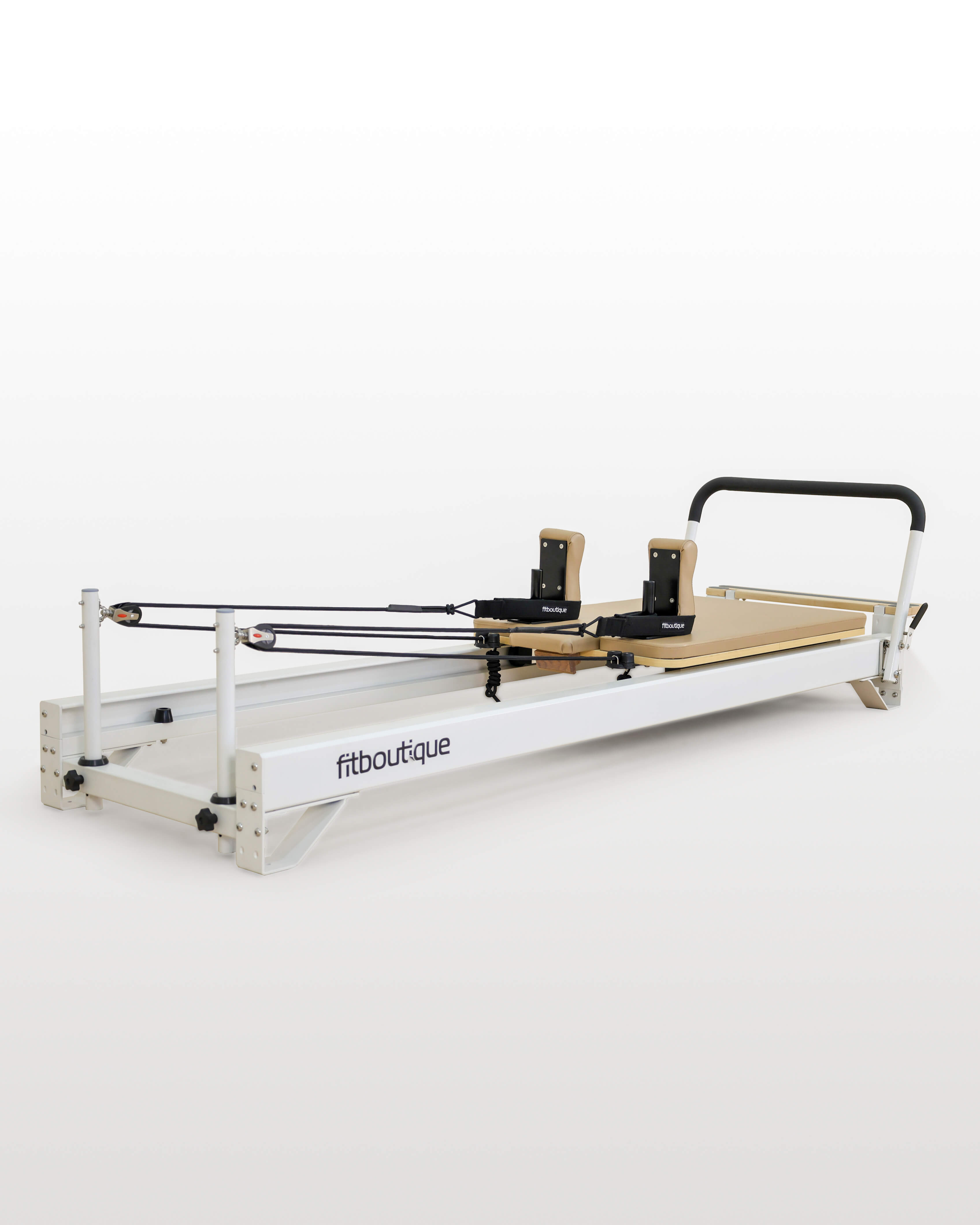
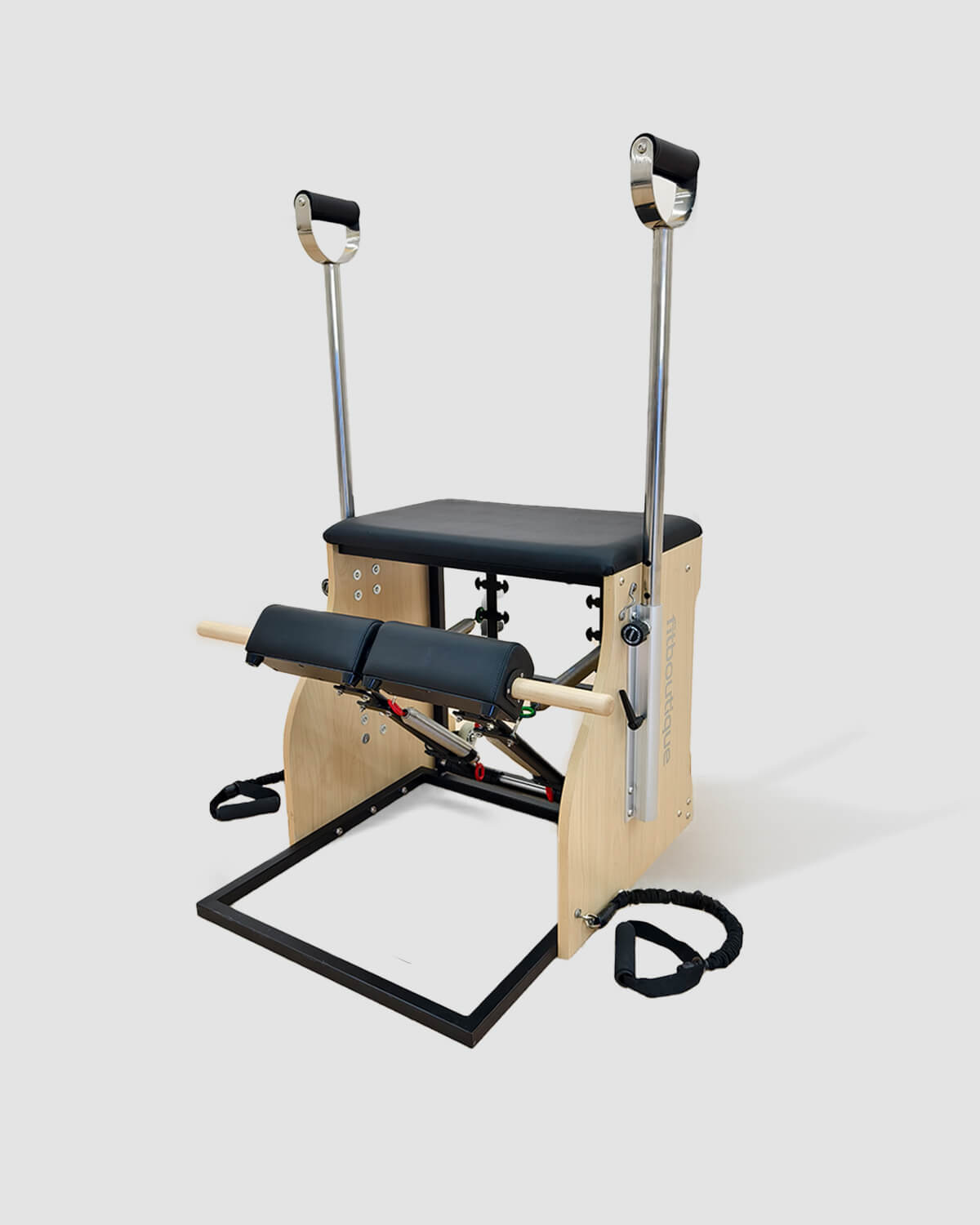
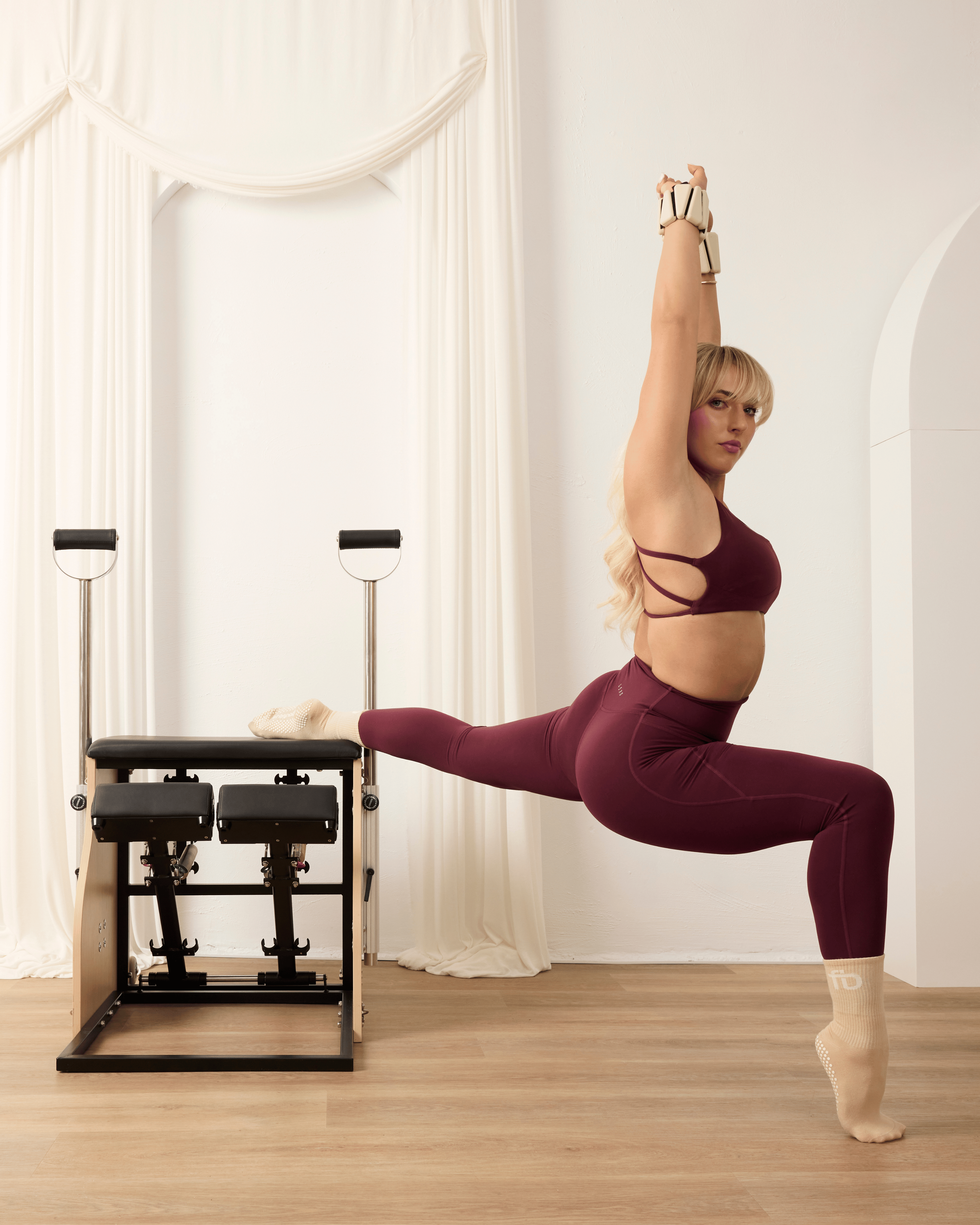
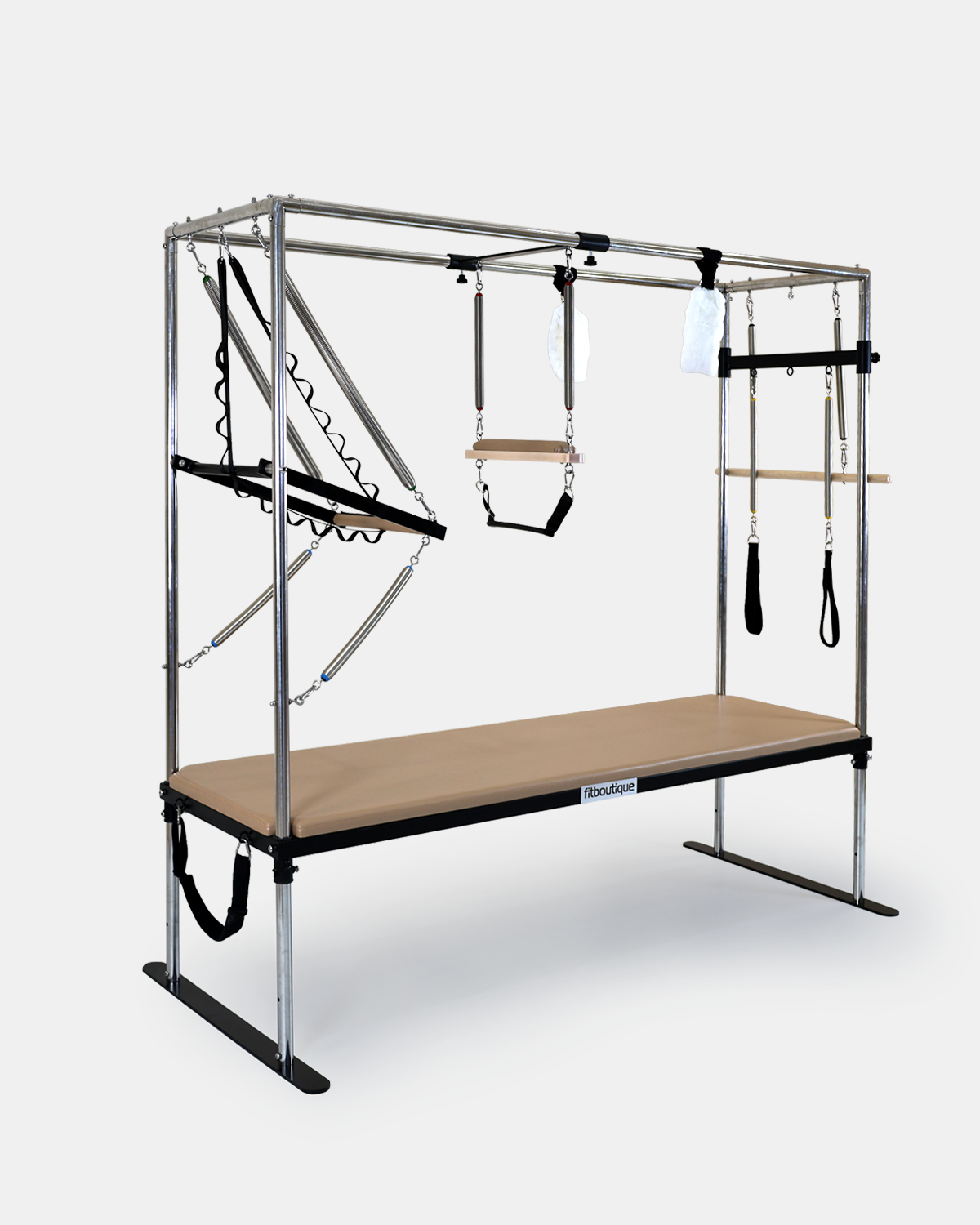
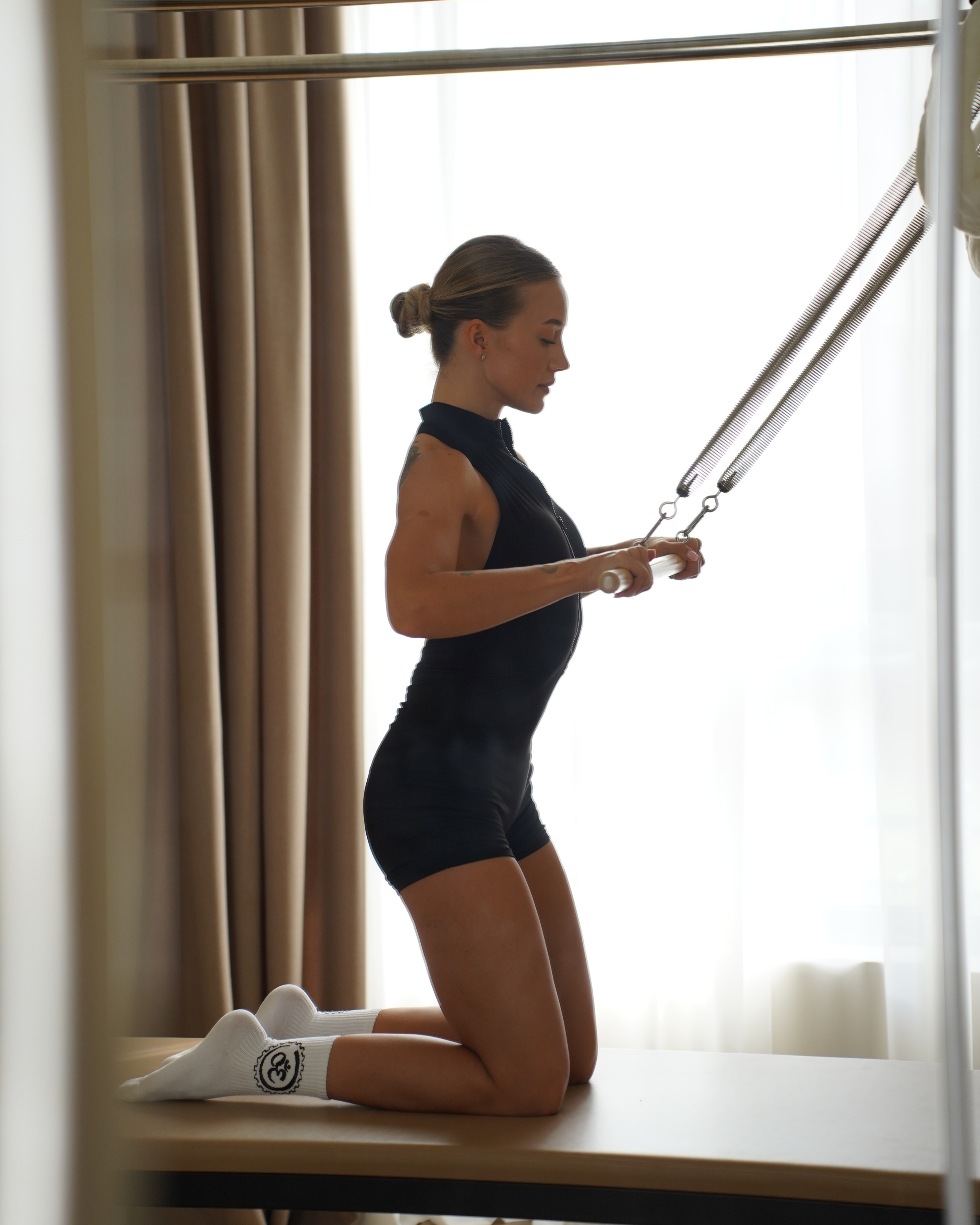
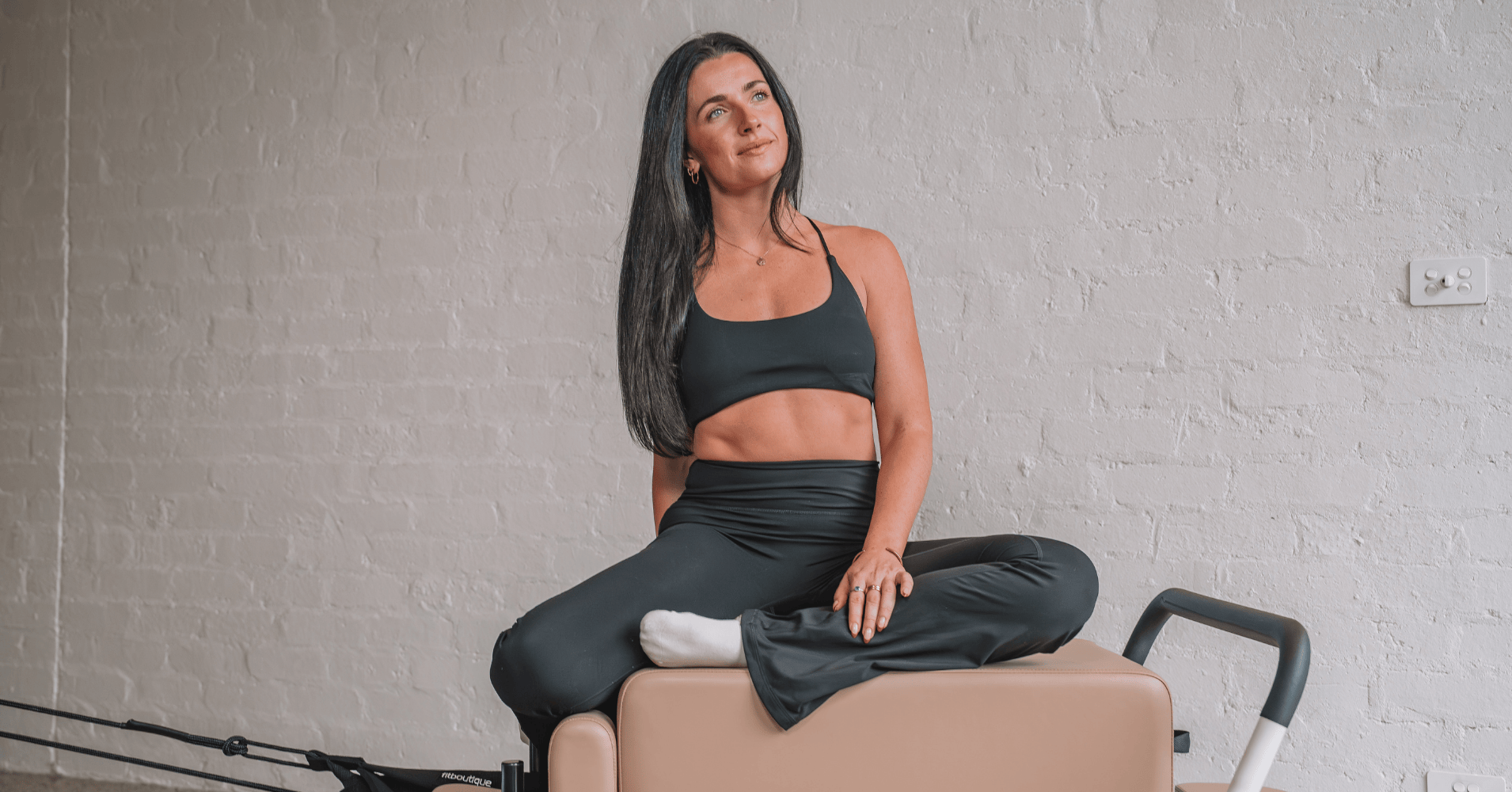
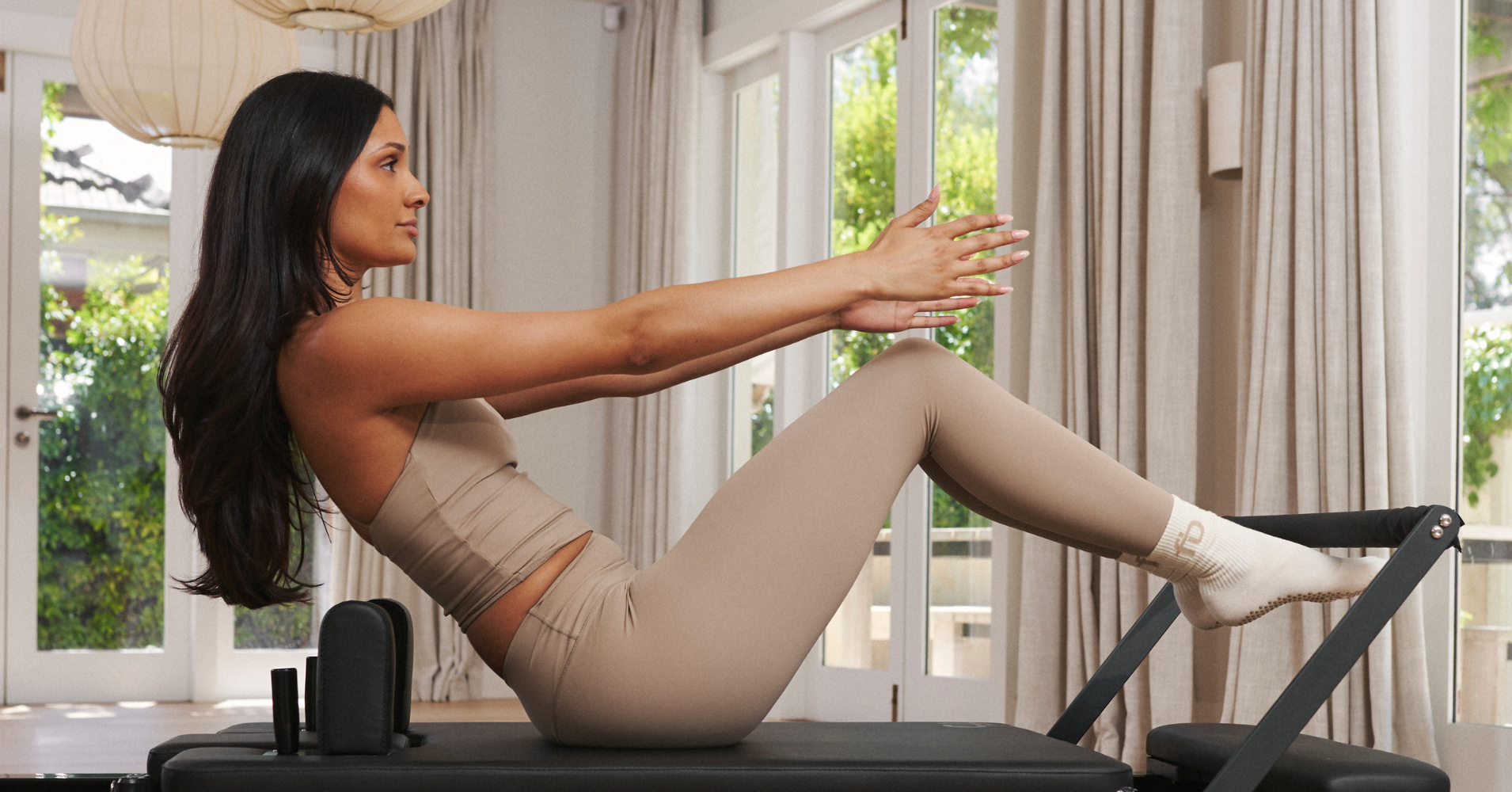
Leave a comment